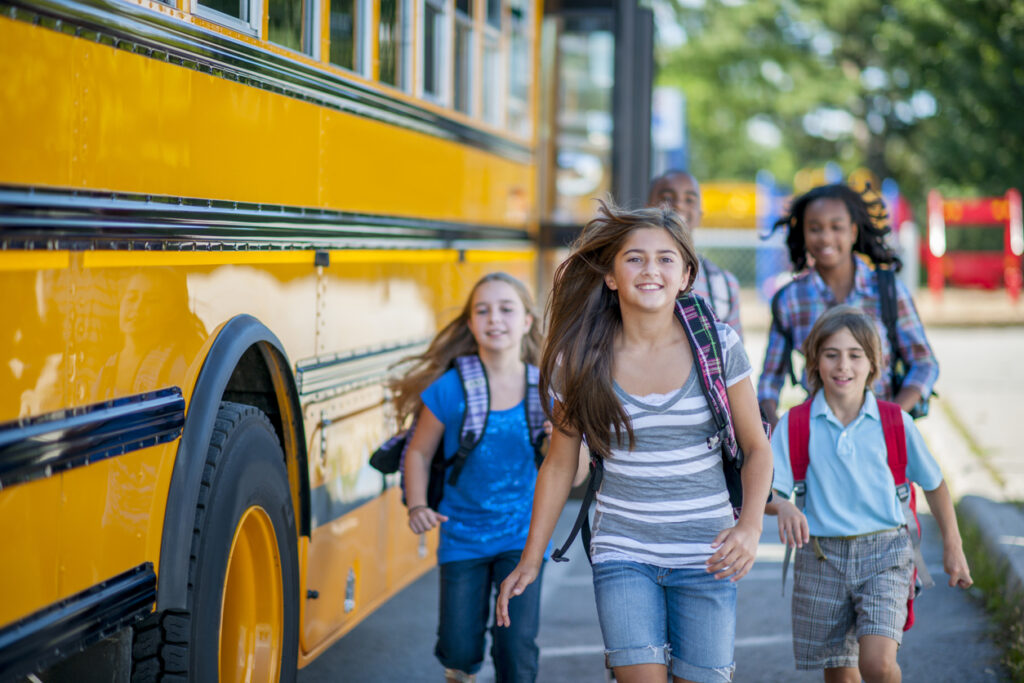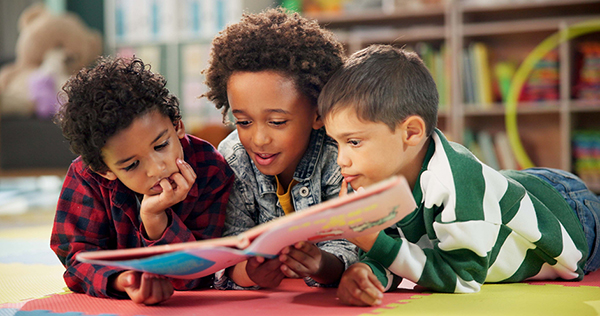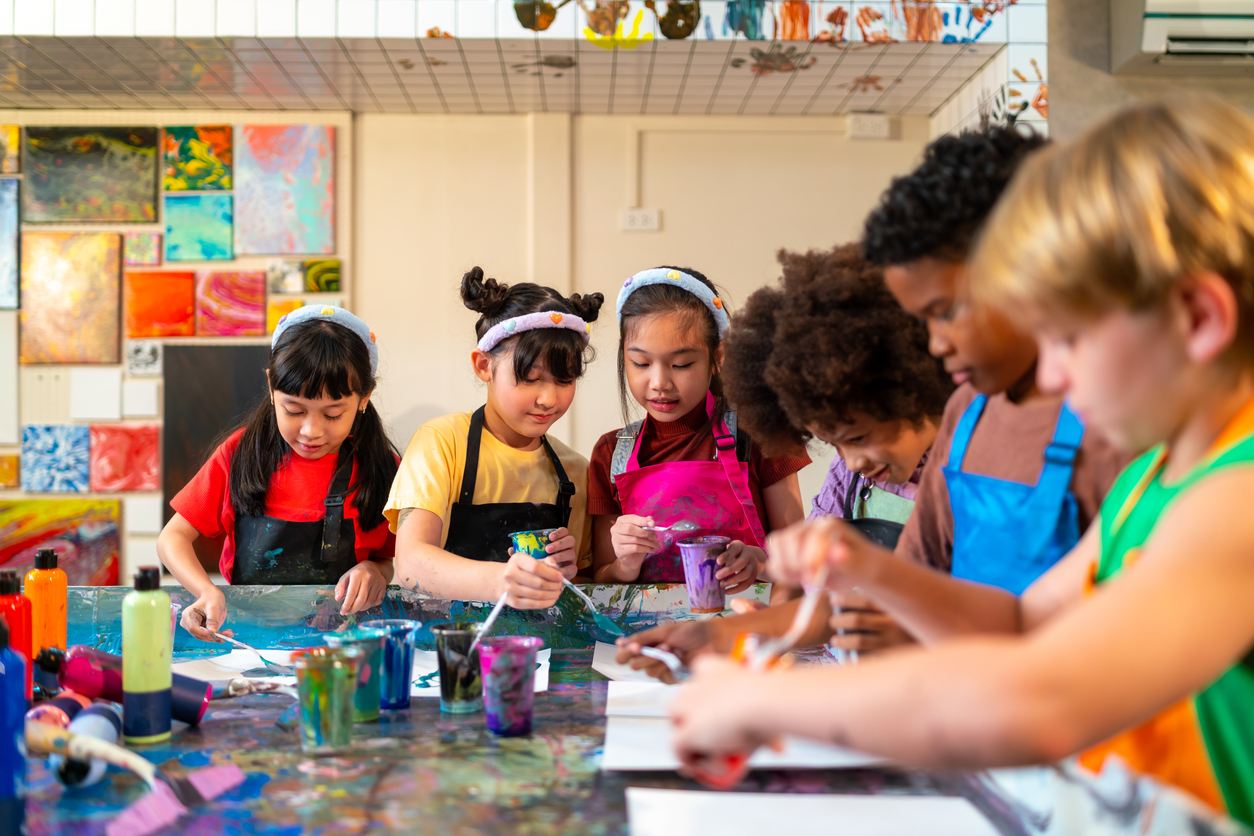
This resource is provided by ACSA Partner4Purpose Right At School.
By Julie Lyon
With the back to school season underway, here are some helpful strategies to support our students as they transition from the relaxed pace of Summer to the structured routine and demands of the long school day.
By addressing the unique needs of students returning from a break, educators can foster a positive and productive start to the school year, helping students adapt quickly and thrive in their daily routines. Here are some practical tools and creative solutions that can help ease students back into the rhythm of a full school day, setting the stage for a successful year ahead.
Before School Begins, Educators can:
Communicate Early — Reach out to students and their families before school starts with information about what to expect, including any changes in routines or schedules. This can help reduce anxiety and build anticipation.
Foster a Welcoming Environment — Imagine you are entering a town you have not been to in some time. You might feel anxious or unsure of where to go and how to easily locate what you need. For many students, this is how they feel returning back to school after summer break. To create a school atmosphere that feels safe and inviting, display welcoming messages and make sure in each classroom, desks and materials are organized to make it easier for children to quickly and independently learn the routines put in place. Imagine you are a student in the grade(s) you serve.
- What do you see at eye level?
- What will make you feel like you belong?
- What will make it easiest to move through the day’s routines?
Signage in classrooms and hallways make it easy to find one’s way. These visuals show we care and have immediate benefits helping students and their families recognize school as a safe and nurturing space.
Organize Materials — Consider how color coding, signs with pictures, and different types of organizers can support students in adapting to new routines and engaging independently in the tasks you will introduce.
When School Begins, Educators Can:
Establish Routines — Implement consistent daily routines to help students feel secure and manage their time effectively. This includes structured times for learning, breaks, and transitions.
A predictable routine is instrumental in building student resilience by offering a sense of stability and reducing anxiety, which enhances their ability to navigate challenges effectively. Recent research highlights the significant impact of structured routines on students’ emotional well-being and resilience. A 2020 study published in Child Development found that consistent daily routines are linked to lower levels of stress and better emotional regulation in children (Hughes et al., 2020). The study indicates that when students experience a reliable and organized schedule, they are better equipped to handle disruptions and uncertainties. This predictability fosters a sense of safety and control, which is crucial for developing coping skills and resilience.
Monitor Stress Levels — Be attentive to signs of stress or fatigue in students. Educators can monitor stress levels in children by employing a combination of observational techniques, and a quick mood check or stress scale. When children share their mood, educators can support their students with reminders on how to self-regulate (e.g. take a moment to compose oneself, focus on positives, etc.) and can help students find the means to address big feelings.
Need an emotional chart for your school or classroom? Download this handy tool to help a student identify and communicate how they are feeling.
Incorporate Movement — Movement plays a critical role in helping students cope with the demands of a long school day by promoting physical well-being and enhancing cognitive function. Research has shown that incorporating physical activity into the school day can alleviate stress and improve focus. Movement breaks help combat fatigue and restlessness, allowing students to release pent-up energy and return to learning tasks with renewed concentration. Additionally, physical activity stimulates the release of endorphins, which can elevate mood and reduce anxiety, creating a more positive and productive learning environment.
For example, a game of four corners (label each corner in the room with an A, B, C, or D and have children answer a multiple choice question by moving to the corner with the letter that corresponds to the chosen answer) can get children moving and simultaneously keep learning moving. Purposeful movement throughout the day can nurture the multiple needs of our students.
As you embark on a new school year, we want to extend our heartfelt encouragement and support. By creating a welcoming environment from the start, you will not only ease students back into their routines but also set the stage for success throughout the year. We hope these practical tools and strategies will help you guide students as they reintegrate into a full school day, fostering a smooth transition and laying a strong foundation for their growth and achievement.
Here’s to a fantastic year ahead, filled with learning, growth, and countless moments of joy!
To read more articles on how to support your district’s students and families from Right At School, visit their blog.
Julie Lyon is the Vice President of National Partnerships and has been with Right At School for 14 years. A resident of New Jersey, Julie brings a robust background in early childhood education and program development and demonstrates a profound commitment to enriching the educational experiences of young learners and their families. Prior to Right At School, Julie was a pre-kindergarten teacher and Program Director at JCC Chicago, implementing out-of-school-time programs tailored to engage children in meaningful ways outside of traditional classroom settings.




































